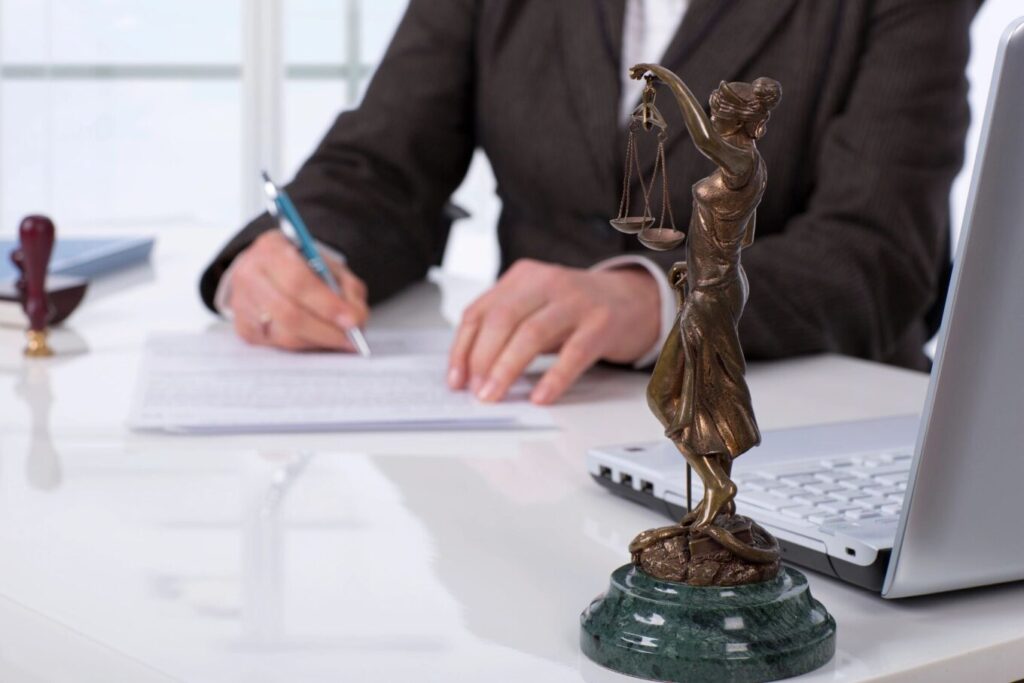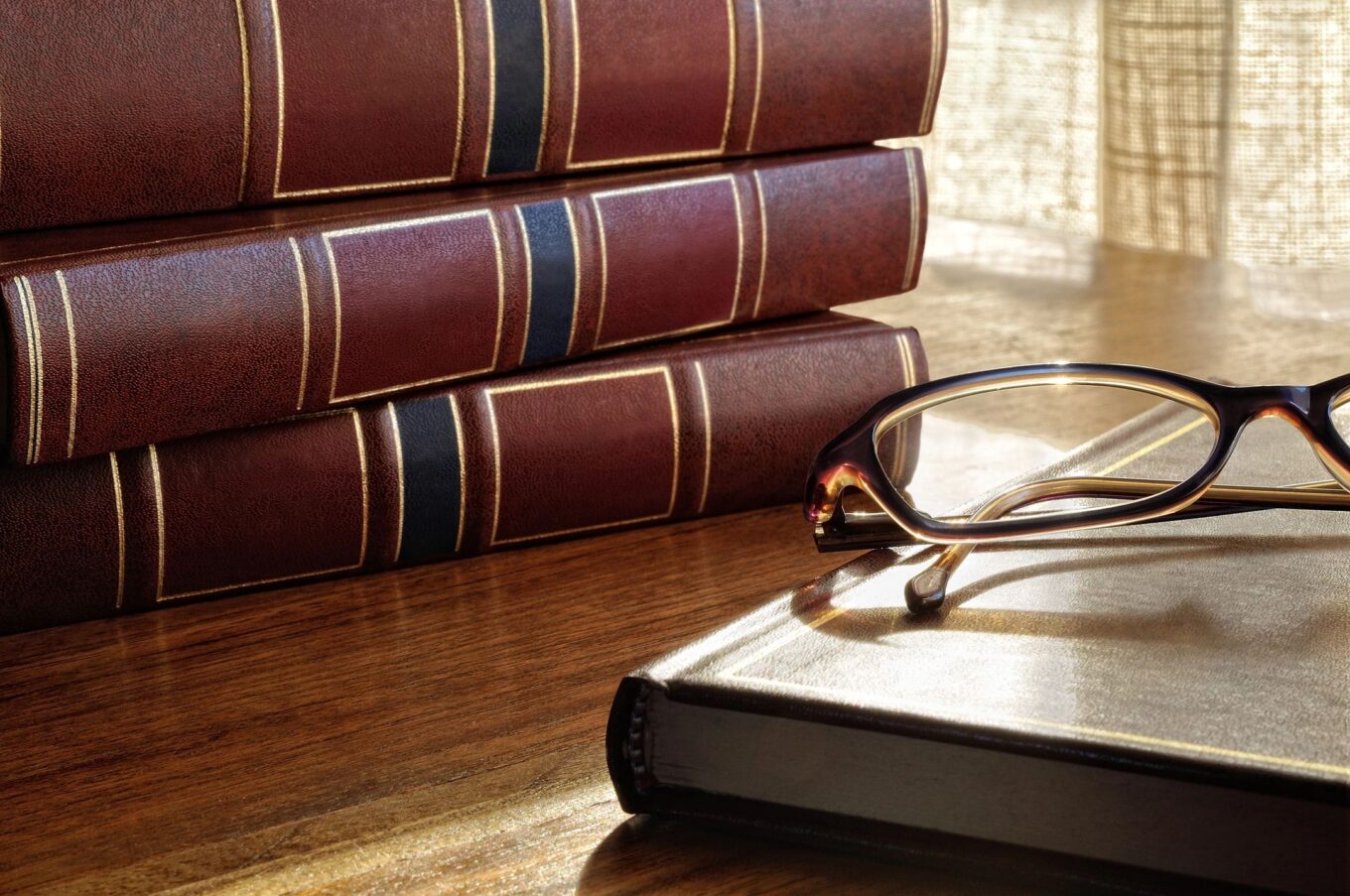Evidence Refresher Outline
Authentication and Foundation
Kansas law in K.S.A. 60-464 provides that authentication of a writing is required before it may be received in evidence and provides, further, that this may be accomplished by evidence sufficient to sustain a finding of its authenticity or by any other means provided by law. The issue with authentication is whether a writing is what it is claimed to be.
The proper objection would be, “Objection, no foundation has been established.” You must always object at the time, or the objection will be waived.
As a practical matter, most foundation issues can be agreed to in advance by the parties in a joint stipulation, with the Subpoena for Business Records followed up with an adequately phrased Request for Admission, with a stipulation in the Pretrial Order.

Foundation for a voice identification in a recording requires that the witness heard the voice, and from his or her familiarity with the speaker’s voice is of the opinion (there is no requirement he or she be an expert) that it belongs to the speaker.
Federal Rules of Evidence 901(b) sets out examples of testimony that would establish authentication.
The authenticity of a handwriting can be proved by someone who saw the author write the handwriting or is familiar with the author’s past writings or by indirect evidence. What about a Facebook page? State v. Jones, a Kansas case said:
“Printouts of web pages must first be authenticated as accurately reflecting the content of the page and the image of the page on the computer at which the printout was made before they can be introduced into evidence. Then, to be relevant and material to the case at hand, the printouts often will need to be further authenticated as having been posted by a particular source. See Smoot, 316 Ga.App. at 109–110(4)(a). State v. Jones, 318 P.3d 1020 (Kan. Ct. App. 2014)”
In Jones, the ex-wife testified she was familiar with the Facebook page, often communicated using it, and she had seen the posts on the page. The court said other issues as to whether the defendant authored the posts included a question about the weight of the evidence, not admissibility.
What about emails? The best evidence rule is satisfied by a printout. See FRE 1001(d). More importantly, the federal rule specifically contemplates that “[f]or electronically stored information, ‘original’ means any printout—or other output readable by sight—if it accurately reflects the information. State v. Robinson, 303 Kan. 11, 222, 363 P.3d 875, 1019 (2015), provided there is no genuine dispute regarding authenticity. (“e-mail offers unique opportunities for fabrication, it is held to the same standards of authentication as other similar evidence”); Commonwealth v. Purdy, 459 Mass. 442, 450, 945 N.E.2d 372 (2011), State v. Robinson, 303 Kan. 11, 224, 363 P.3d 875, 1021 (2015), disapproved of by State v. Cheever, 306 Kan. 760, 402 P.3d 1126 (2017).
The State proffered Remington’s testimony outside the presence of the jury to authenticate these exhibits. Based on her independent recollection, Remington testified that State’s Exhibits 4 and 5 were printouts from her home computer of e-mails she received from and sent to Robinson when he was posing as Trouten. She confirmed the content of the messages were true and accurate and that she did not alter them. Based on this testimony, the State adequately authenticated State’s Exhibits 4 and 5.
State v. Robinson, 303 Kan. 11, 226, 363 P.3d 875, 1022 (2015), disapproved of by State v. Cheever, 306 Kan. 760, 402 P.3d 1126 (2017). Kearley v. State, 843 So.2d 66, 70 (Miss.App.2002) (e-mails properly authenticated where witness vouched for accuracy of printouts); Shea v. State, 167 S.W.3d 98, 105 (Tex.App.2005) (e-mails authenticated where complaining witness testified *227 she was familiar with the defendant’s e-mail and received the messages from him); Tibbetts v. RadioShack Corp., No. 03–C–2249, 2004 WL 2203418, at *13 (N.D.Ill.2004) (unpublished opinion) (copies of e-mails authenticated by sales manager’s testimony they were true and accurate copies); see also Annot., 34 A.L.R. 6th 253 (Authentication of Electronically Stored Evidence) § 2, pp. 269–70 (citing Mueller and Kirkpatrick, Federal Evidence § 9:9 [3d ed.] [witness who viewed original e-mail need testify only that the printout is an accurate reproduction] ). State v. Robinson, 303 Kan. 11, 226–27, 363 P.3d 875, 1022 (2015), disapproved of by State v. Cheever, 306 Kan. 760, 402 P.3d 1126 (2017)
What about Photos? The person who takes a photo need not be the person who identifies it, State v. Pruitt, 42 Kan. App. 2d 166, 211 P. 3d 166 (2009). So, it’s sufficient for the witness to testify that the photo of injuries correctly represents his injuries on this night and that the photos were taken the following day.
Q. I show you what has been marked as Exhibit 2. What is depicted in that photograph?
A. A stoplight at the intersection of 4th and Pine.
Q. Is that photograph a fair and accurate representation of the stoplight at 4th and Pine as it existed on the day of the collision?
A. Yes, it is.
You can move for admission of the photograph into evidence.
What if something about the scene depicted in the photograph has changed since the date of the collision? In the example above, for example, what if the crash occurred on a snowy day, but the photograph was taken on a day without snow?
If you are using the photograph not to demonstrate the ground cover, but the position of the stoplight, ask the second question like this: “With the exception of absence of snow from the ground, is the photograph marked as Exhibit 2 for identification a fair and accurate representation of the intersection at 4th and Pine on the date of the collision?”
If evidence is excluded, make a proffer using K.S.A. 60-405 to preserve the issue on appeal.
Source: James W. Jeans, Trial Advocacy p. 11.6 (West 1975), Kansas Evidence Objections, Michael Am Barbara, and Kansas Law and Practice, Barbara.

